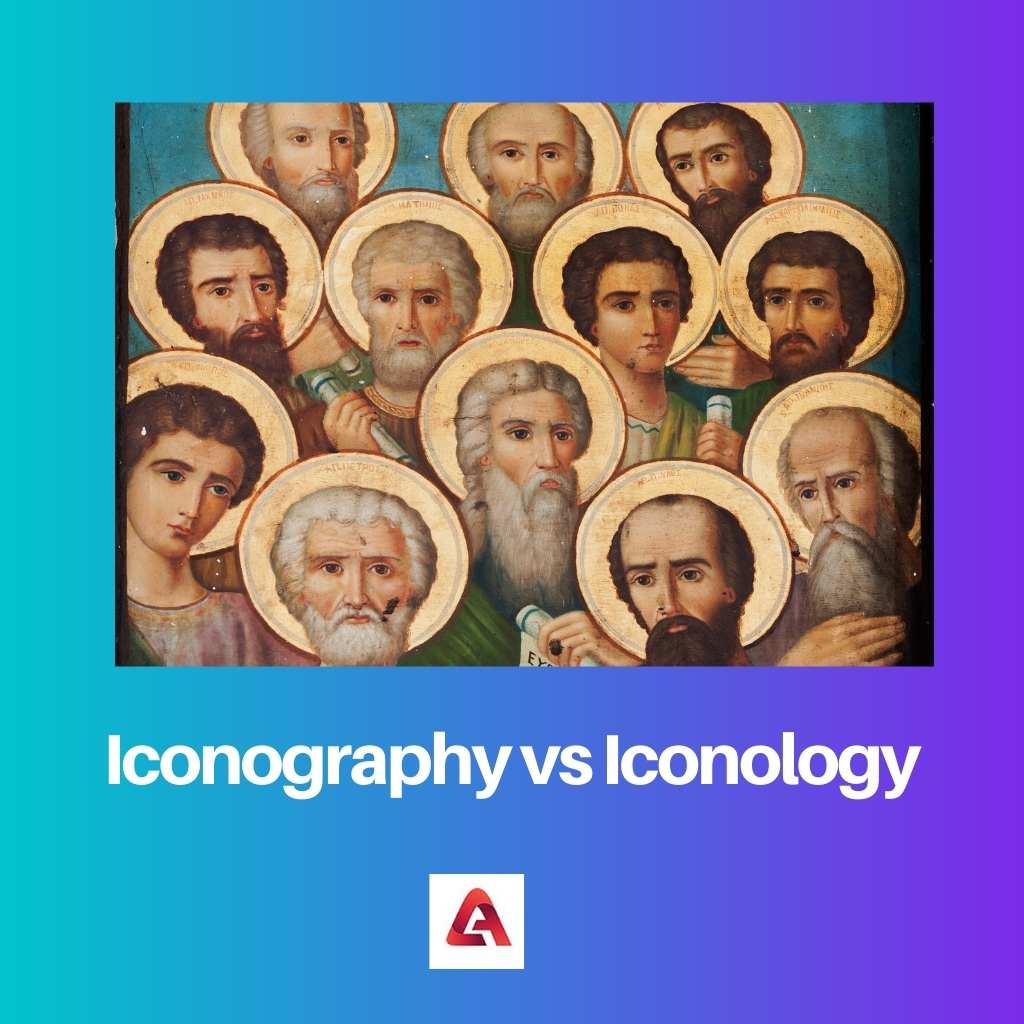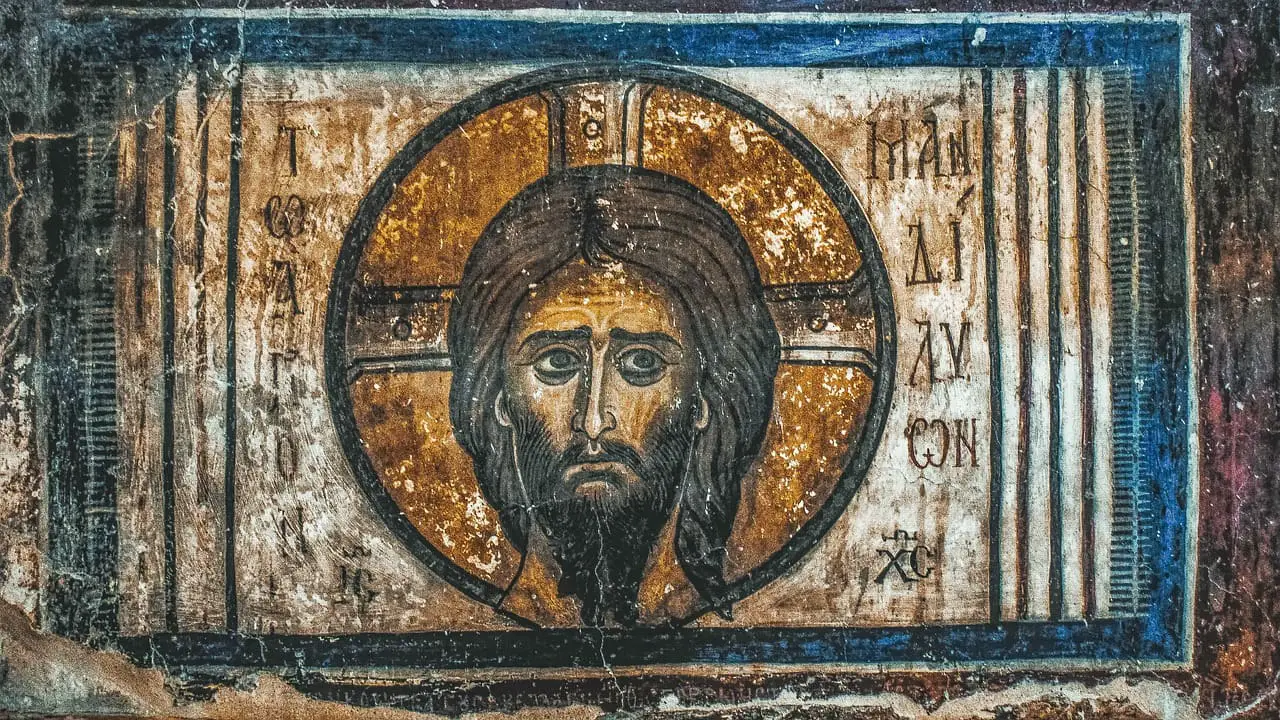The world of the internet appears much more attractive and engaging. This is due to the use of extreme graphics and creative designs that the creators make.
In this reference, Iconography and Iconology are two words that can be heard frequently. The graphic designers who are at the beginner’s stage might find these two terms confusing.
Key Takeaways
- Iconography studies visual symbols and images in various art forms, while iconology goes beyond the surface to interpret the underlying meanings and cultural context.
- Iconography focuses on identification and classification, whereas iconology emphasizes analyzing and interpreting symbols.
- Iconography is more descriptive, while iconology is more analytical and evaluative.
Iconography vs Iconology
The difference between Iconography and Iconology is that Iconography is a vast field of creation that involves designing and constructing different visual graphics to make any digital platform attractive. On the other hand, Iconology refers to understanding and explaining the meaning of the graphics, symbols, and icons.

Iconography is the creation of digital designs. It can be a wide domain extending from symbols and icons to explanatory graphics and dynamic visuals.
The origin of the word Iconography is in German. The meaning translates to when image and letters collide. This is one rare similarity between Iconography and Iconology.
Iconology also originates from the same Greek word as Iconography and translates to mean anything that can be understood visually.
It closely relates to Iconography and is broadly the study of symbols, pictures, and icons to understand their hidden meaning. It is still a lot different from the former.
Comparison Table
| Parameters of Comparison | Iconography | Iconology |
|---|---|---|
| About | It involves expressing thoughts through a mix of words or letters and design. | It involves studying the art form that results from iconography to understand the message it is trying to convey. |
| Art form | It is a well-known art form. | It is not an art form. |
| Visual Images | It involves the creation of visual images. | It involves studying the visual images. |
| Panofsky | It is in the secondary level of visual representation of art. | It is in the tertiary level of visual representation of art. |
| Status | It is a high-paying profession. | It is slowly becoming a lost art. |
What is Iconography?
Iconography is a very ancient art. It dates back to almost a thousand years ago. Since that time, people have been picturising their emotions and thoughts into drawings.
It is an amazing and interactive pain of conveying a story on message onto a canvas with the use of creativity. In simple words, iconography is the art of expressing emotions or thoughts with the help of letters, words, symbols, and icons.
The final result of his mixture with an art form is sufficient to convey a whole process or story. It is a very widespread and well-known art form that has still not lost its charm.
Many people around the world are still learning iconography and even turning it into a profession.
Iconography is a high paying profession indeed. Not many people have the talent of blending words on letters and designs to convey a whole different thing on a deeper level.
It certainly involves the creation of visual images, which is why it has even become popular in the digital world. Many digital software and platforms are of great use in order to learn iconography and even earn from it.
In the book called a visual representation of art, written by Panofsky, iconography is said to be a part of the secondary level representative art.

What is Iconology?
Iconology is regarded as a further step of Iconography. That is why it is closely related to Iconography. Both these things are interrelated to each other and cannot be learnt without learning the other.
Iconology is broadly classified as the study of the designs and art made by Iconography. It has more to do with understanding and interpretation rather than creating and designing.
Iconography involves an in-depth understanding of the icons and symbols that are part of important and ancient books. During ancient times a lot of things were conveyed with the help of symbolic gestures and pictorial representation.
In order to understand the hidden meaning behind the pictures, paintings and symbols, it is important to learn how to study them.
However, iconology is slowly becoming a lost art, and fewer and fewer people are interested to learn this with time. Even though it doesn’t involve the creation of designs or symbols, it still has every deep connection with them.
Without knowing the meaning of every particular symbol, it is hard and almost impossible to interpret the correct meaning of any visual art.
In the three-step method work of Panofsky, it is explained that iconology stands under the tertiary level of visual interpretation of art. Intrinsic content or meaning visual art is explained at the tertiary level.
It was in the 16th century when the term iconology was first used by Cesare Ripa. Later on, it was used in the year 1930 by Erwin Panofsky, giving the above interpretation.

Main Differences Between Iconography and Iconology
- Iconography refers to representing a thought or message with the help of icons, art, and symbols. On the other hand, Iconology refers to interpreting the meaning behind an art design.
- Iconography is a widely known art form, whereas Iconology is gradually losing its value but is still, many people work to keep it together.
- Iconography involves creating visual designs like symbols and icons, whereas Iconology involves studying and understanding these designs.
- In Panofsky’s Visual representation of art, Iconography is under the secondary level while Iconography is under the tertiary level.
- Iconography still remains to be a good-paying job, whereas Iconology is slowly losing its essence with time.